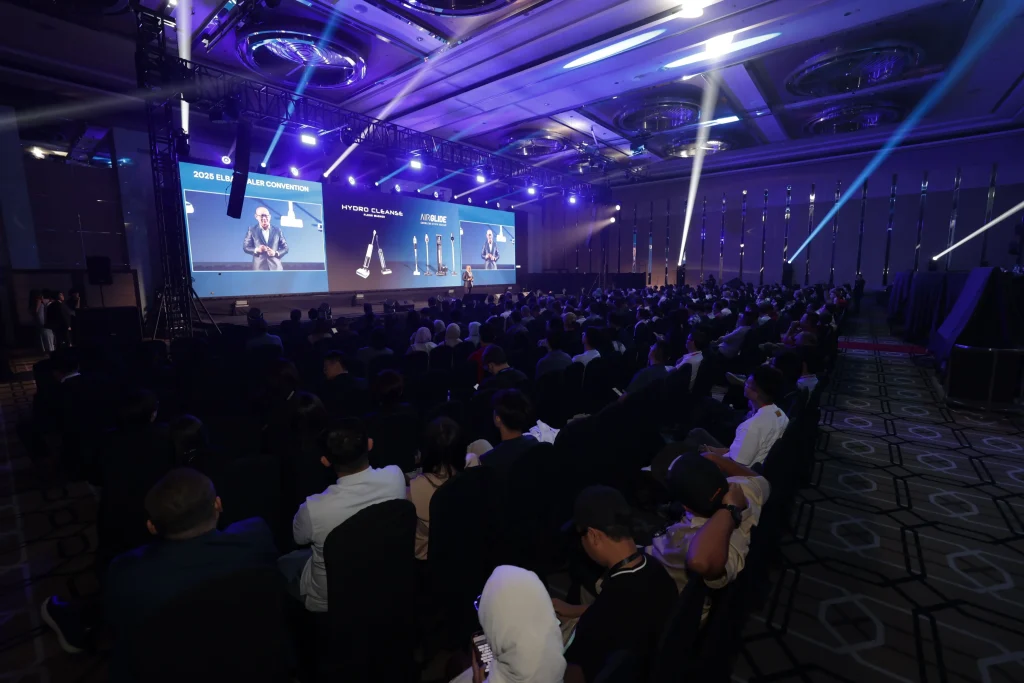A product launch isn’t a “ta-da” moment. It’s a series of deliberate steps—soft teasers, the right hints to the right people, a reveal on cue, and a close that sticks in the room. When it’s done right, marketing, sales, PR, and ops move in sync. Done poorly, it’s noise. Think of it as choreography, not a one-off show. In Malaysia, that means working with real venue constraints, traffic windows, load-in rules, and media timelines—while keeping the story sharp enough to cut through.
Start with the story, not the stage
- Before you book a ballroom or light an LED, lock the narrative. What problem does the product fix, and who feels that pain most? Is this a press-first moment, a partner-focused showcase, or a consumer splash? Different audiences need different proof. Media want a clean angle and assets. Partners want numbers and use cases. Consumers want a feeling—and a reason to share.
- Map the story to moments: the opener that frames the problem, the demo that shows the fix, the proof (customer line, data point, or live comparison), and the close that tells people exactly what to do next—trial, pre-order, or book a meeting. Keep language plain. If someone at the back can’t explain it on the way to the car, tighten it.
- Localize the proof. If you’re launching a device, show how it handles our real-world conditions—humidity, voltage, and network speeds. If it’s software, demo with Malaysian workflows: invoicing formats, payment rails, and Bahasa/English toggles. Small details build trust faster than big adjectives.
- Build the invite list from the story outward. For a press-led reveal, prioritize the beats that actually cover your category, then KOLs who speak to your buyer (not just big numbers). For B2B, pull in customers who can ask smart questions and become case studies. Cap speeches, rehearse the demo, and leave space for hands-on time. That’s where belief happens.

Define success in numbers
- Attendance targets by segment (media, partners, VIPs, and prospects). Define targets for each group and monitor RSVPs separately: 25 media, 40 partners, 15 VIPs, and 120 prospects. Put someone in charge of follow-ups and a buffer for no-shows.
- Number of demo sign-ups or trials on event day. Make the CTA easy: QR codes at demo stations, short forms, and a “book a slot” table near the exit. Decide on a target (e.g., 80 trials) and staff enough helpers to move people through quickly.
- Share of voice or media mentions within 48–72 hours. Prepare press notes, images, and quotes in advance. Aim for a set number of articles or posts, plus a target share of voice against competitors that week. Send assets the same day to increase pickup.
- Post-event pipeline value (from leads collected). Tag leads by interest and deal stage on the spot (hot/warm/cold). Within 24 hours, hand over to sales with context from conversations. Track the projected value (e.g., RM500k in qualified pipeline) and report conversions at 30 and 60 days.
When the team agrees on this scoreboard early—and updates it daily in the lead-up—decisions move faster, budgets hit the right places, and the launch stays focused on outcomes, not noise.
Choose the format to fit the objective
Product launch event management isn’t one-size-fits-all. In Malaysia, these formats tend to deliver—pick what fits your audience and goals:
- Press-first launch
A tight, 45–60 minute program with crisp visuals, a clear demo moment, and ready-to-use media kits. Keep remarks short, showcalling precise, and schedule a quick media huddle right after the reveal. - Partner & B2B showcase
More time on proof: extended demos, breakout zones by use case, and staffed hands-on stations. Build in a proper networking window and clear CTAs (pilots, pricing talks, trials). - Consumer-style reveal
Lead with spectacle: strong staging, a defined photo moment, and experiences guests want to share. Line up influencers/KOLs who match your buyer, and make the product easy to try on the spot. - Roadshow series
Design for repeatability: modular sets, reskinnable graphics, and a run sheet that travels well across malls or key cities. Lock logistics early—load-in windows, power points, and local approvals—to keep costs predictable.

Lock the fundamentals early
- Venue fit
Check what the space can actually handle: load-in routes and lift sizes, ceiling height for LED or set pieces, rigging points, reliable power (and backup), and truck parking that won’t choke the schedule. Walk the room at showtime to hear real acoustics, note columns/sightlines, and confirm where cables and control desks can live without blocking guests. - Run-of-show
Build a minute-by-minute that earns its place. Every segment needs a job: welcome, keynote, live demo, proof/testimonial, Q&A, media moment, and then networking. Cap speeches, script transitions, and mark exact cue lines for lighting, audio, and screens. Add buffers around the demo and VIP arrivals, and schedule a short media huddle right after the reveal. - Demo clarity
This is the heartbeat. Make sure the “aha” is visible from the last row and reads perfectly on screen. Use tight camera shots, clean graphics, and simple language. Rehearse until the flow is muscle memory—backup units ready, cables labeled, and a quiet reset plan if something misfires. If the demo sings, the event lands.
Quick checklist for your launch
- Story: one paragraph, media-ready
- Success metrics were agreed upon and shared.
- Format chosen (press-first, partner showcase, consumer reveal, or roadshow)
- Venue booked with the right technical fit
- Run-of-show drafted and rehearsed
- Media kit and visual moment locked
- Demo tested from the back row
- Logistics map: load-in, cables, power, backups
- Sustainability choices noted in build
- Follow-up plan ready (assets, leads, recap)
When the story is clear, the demo sings, and the program flows, a product launch does what it’s meant to do—turn attention into belief and belief into action. If you want help shaping that arc end-to-end, bring us your brief. We’ll turn it into a show that sells the idea, not just the day
